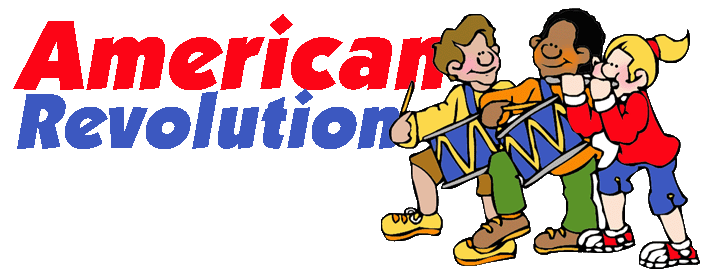For Teachers
Fort Ticonderoga
1. Have students present their answers to the research questions from the previous lesson.
2. Ask students if they know what a fort should look like. Ask for a volunteer or two to draw a picture of a fort.
While this is taking place ask students if they have ever heard of:
Ethan Allen and the Green Mountain Boys
Benedict Arnold (another name for a traitor)
Henry Knox (Fort Knox Kentucky is named after him)
3. Inform the class that these are three of the hero's of Fort Ticonderoga.
4. Have your volunteers show their drawings of forts. Make sure they include a large number of cannons. This is important later.
5. Have a student(s) read the tale of Fort Ticonderoga. You can find this many places on the internet.
6. Ensure that students know that Ethan Allan and Benedict Arnold are Heroes of the Early Revolution.
7. Assign students to discover why Benedict Arnold becomes a traitor.
The Battle of Bunker Hill
A. Ask students why it might be important for an army to be on top of a hill and not at the bottom. Possible answers might include
1. You can see better.
2. The enemy has to climb the hill to get to you while you are shooting at them.
3. You are shooting down at them. (connection to Geography)
The colonists decided to take control of the hills looking down at Boston Harbor. They moved in overnight and when the British saw them they know the colonists had to go. So they sent for the army and told them to attack the hill.
The colonists saw the British coming but they didn't have much ammunition so their general gave a speech and ended it with a famous quote: "Don't shoot until you see the whites of their eyes."
... meaning, let the British get real close. How close do you have to be to see the white part of someone's eyes? Why don't you measure it? (connection to math)
Militia vs Trained Army
The colonists were not a trained army. They were a militia, kind of like the national guard. They drilled on weekends, but they did not have the same weapons as a true army. In fact each militia member was supposed to supply their own rifle.
The British army was well trained and many had been involved in the wars in Europe. So when the British charged up the hill and the colonists started shooting, and instead of stopping, running, or even firing back, the British kept attacking. Finally, they reached the colonists (who were by now out of ammunition) and the colonists turned and ran.
The British capture Breeds Hill and colonists retreat.
Boston - Henry Knox and the cannons on the move from Ft. Ticonderoga to Boston.
Teachers, if you feel up to it try this; sit in a chair without wheels. Have a student pull you across the room. (Expect to take a spill or two) Now have several students pull that same load. Next if possible have the same activity in a chair with wheels. Explain to students that the task facing Henry Knox was the same as pulling you in the chair without wheels.
A. Washington appointed Commanding General of the Continental Army (Colonial militia surrounding Boston) by the second continental congress. The Colonials needed cannons. There were 59 cannons in Ft. Ticonderoga.
B. Henry Knox went to Ft. Ticonderoga and in the middle of winter. He created giant sleds to drag the cannons back to Boston. Yes, they fell off the sleds many times and one even sank in a river, but all the cannons were delivered to General Washington.
C. In only two months, (a very very short time back in 1775) the 59 cannons arrived at Boston.
D. General Washington placed the cannons on the hills around Boston (He also had his soldiers paint another 30 or so tree trunks black so that they looked like many more cannons.)
E. The British had to leave Boston
In quick review:
Fort Ticonderoga: We won!
Bunker Hill: We lost
Boston: We won! Thanks to cannons!

